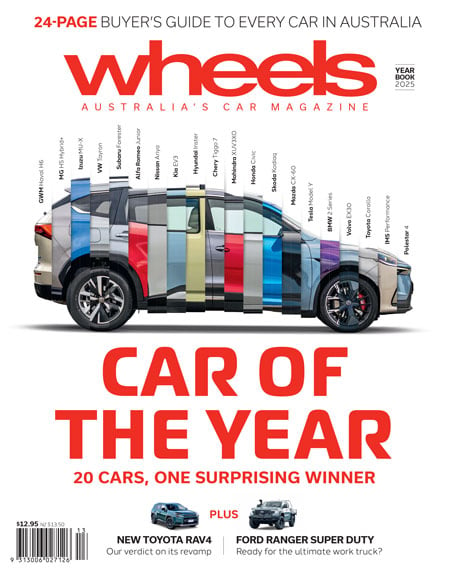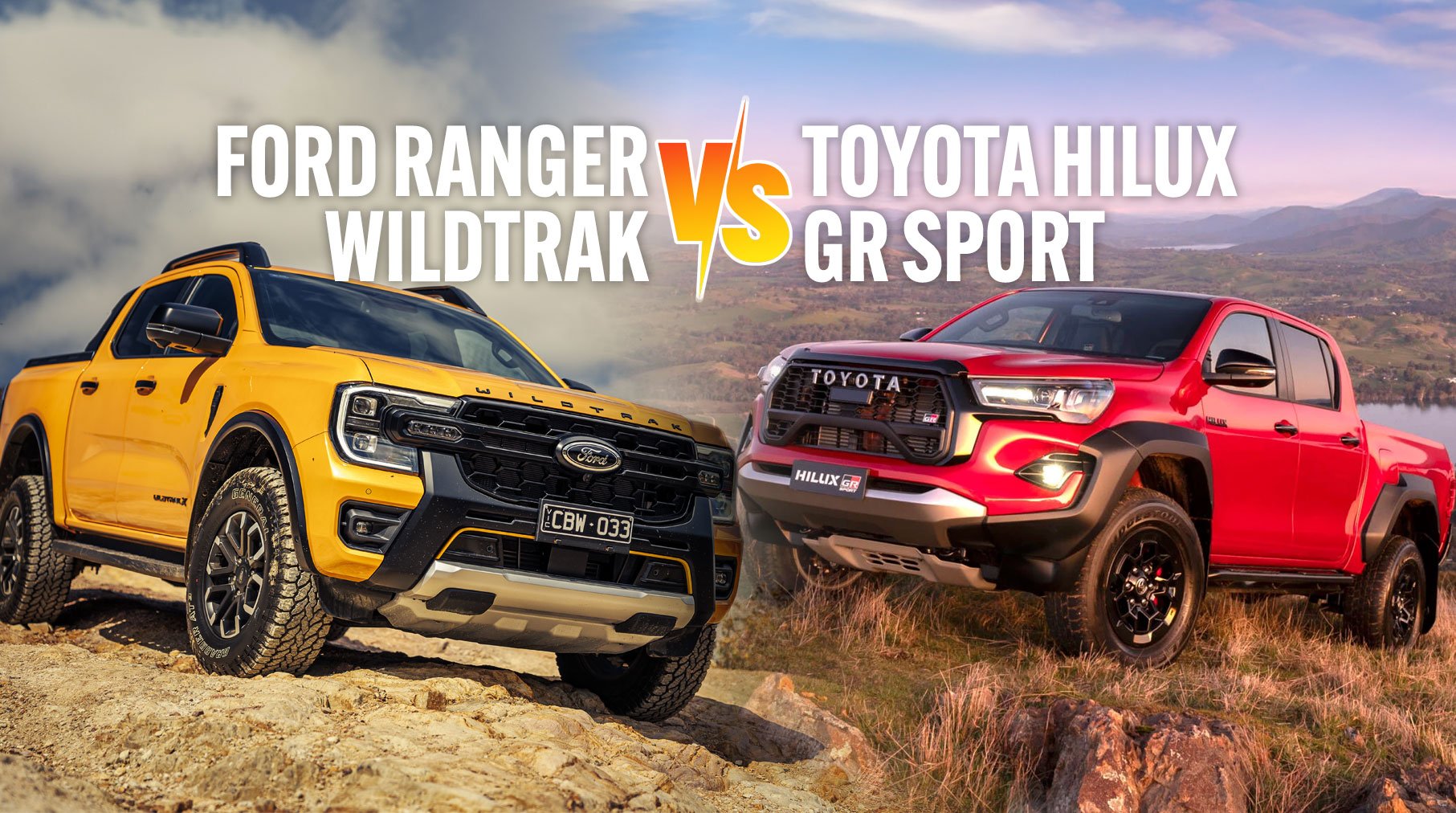
Australians want dual-cabs and they want them with all the fruit. High-spec and flagship variants are disproportionately popular as the ute continues to transition from workhorse to a more everyday proposition.
The Ford Ranger and Toyota Hilux continue to duke it out for sales supremacy so here’s a breakdown of how two of the higher-spec variants compare.
Jump ahead
Pricing and Features
The Hilux GR Sport sits at the very top of Toyota’s dual-cab tree at $74,310 plus on-road costs, a roughly $11,000 premium over the volume-selling SR5 automatic.
This puts it almost lineball with the Ford Ranger Wildtrak V6 at $74,480 (+ORCs), though a four-cylinder variant is also available at $69,690 (+ORCs).
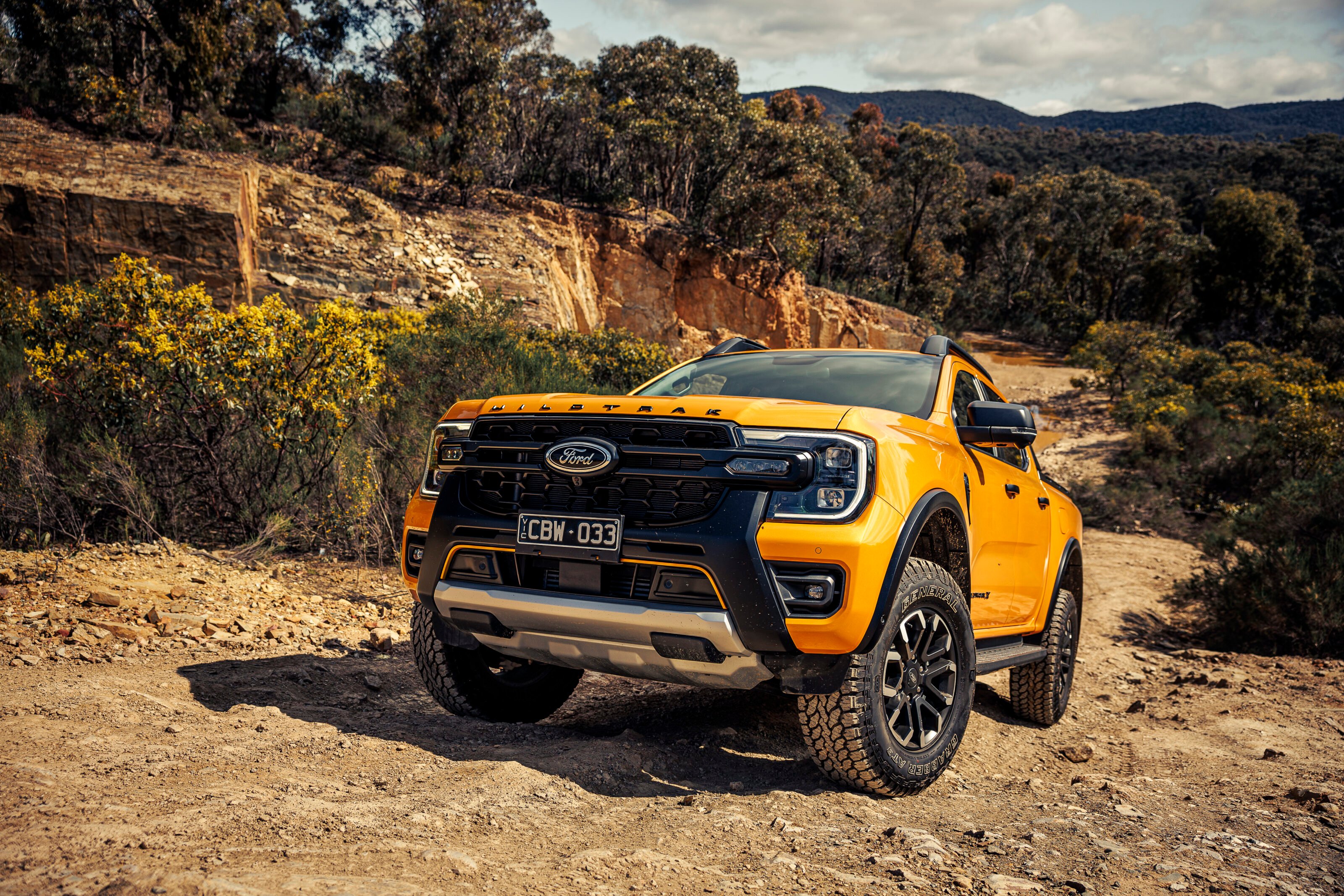
Being the flagship variant at launch – since usurped by the Platinum – means the Wildtrak possesses plenty of toys, including 18-inch alloys, LED lighting all ’round, leather-accented upholstery, heated and eight-way power-adjustable front seats, dual-zone climate control, wireless charging and plenty more.
Infotainment is handled by a 12.0-inch portrait touch screen with wireless smartphone mirroring, DAB+ radio, FordPass Connect app integration, in-built sat-nav with one complimentary year of connected navigation services and a six-speaker stereo.
Over in the Toyota land the Hilux GR Sport boasts its unique exterior styling, 18-inch wheels, LED headlights, GR Sport steering wheel with paddle shifters, dual-zone climate control, air-conditioned front cooler box, heated front seats with suede and leather accents (driver’s powered, passenger’s manual) and wireless charging.

There’s an 8.0-inch touchscreen infotainment display with smartphone mirroring, DAB+ radio, sat-nav, Toyota Connected Services and a nine-speaker JBL stereo.
The 4.2-inch digital instrument display is literally half the size of the Ford’s (8.0-inch), though even the latter feels a bit small if you’ve seen the full-width version in the Platinum, Raptor or F-150.
Colour is the only option on the GR Sport, whereas the Wildtrak can be specced with the $2000 Premium Pack that adds an auxiliary switch bank, Matrix LED headlights, cargo management system and 10-speaker B&O stereo.
Ford offers a five-year/unlimited kilometre warranty and roadside assistance that extends 12 months at each service up to seven years. A prepaid servicing plan costs $1516 which covers the first five visits, due every 12 months or 15,000km.
Toyota’s warranty coverage is also five years/unlimited kilometres but adds a further two years for the driveline. Servicing is required every six months or 10,000km and it’s expensive.
The first six visits are capped at $305 apiece but over the same five years (or 100,000km) the extra visits and higher pricing means you’ll need $4074.98. Roadside assistance is also not included, being either $99 or $139/year depending on the level of cover.

Dimensions
Adding some extra muscle to the Hilux frame means the GR Sport now virtually matches the typically larger Ranger in all dimensions bar wheelbase. It’s give and take when it comes to the tray, with the Toyota’s being longer and wider, the Ford’s being deeper with more than 100mm extra between the wheelarches.
The Ranger also boasts a drop-in bedliner with lighting, a 400W power inverter, adjustable aluminium tie down rails, side steps and a powered roller tonneau, though this latter feature does eat into the load space substantially. The Hilux offers a bedliner and multiple tie down points, but that’s it.
| Vehicle Dimensions | Ford Ranger Wildtrak | Toyota Hilux GR Sport |
|---|---|---|
| Length | 5370mm | 5320mm |
| Width | 2015mm | 2020mm |
| Height | 1886mm | 1880mm |
| Wheelbase | 3270mm | 3085mm |
| Tracks (f/r) | 1620/1620mm | 1670/1670mm |
| Tray Dimensions | ||
| Length | 1464mm | 1569mm |
| Width | 1520mm | 1645mm |
| Depth | 525mm | 470mm |
| Width between wheelarches | 1217mm | 1109mm |
Powertrains
Like most other variants, the Toyota Hilux GR Sport uses the 1GD-FTV 2.8-litre four-cylinder turbodiesel engine, with a six-speed automatic the only available transmission.
There are a couple of key differences, however, including extra grunt and the lack of the 48v mild-hybrid system. Outputs are 165kW at 3000rpm (+15kW) and 550Nm from 1600-2800rpm (+50Nm).
Fuel economy suffers slightly, with a combined claim of 8.1L/100km compared to 7.8L/100km for the similarly flared mild-hybrid Rogue and 7.2L/100km for the SR5.
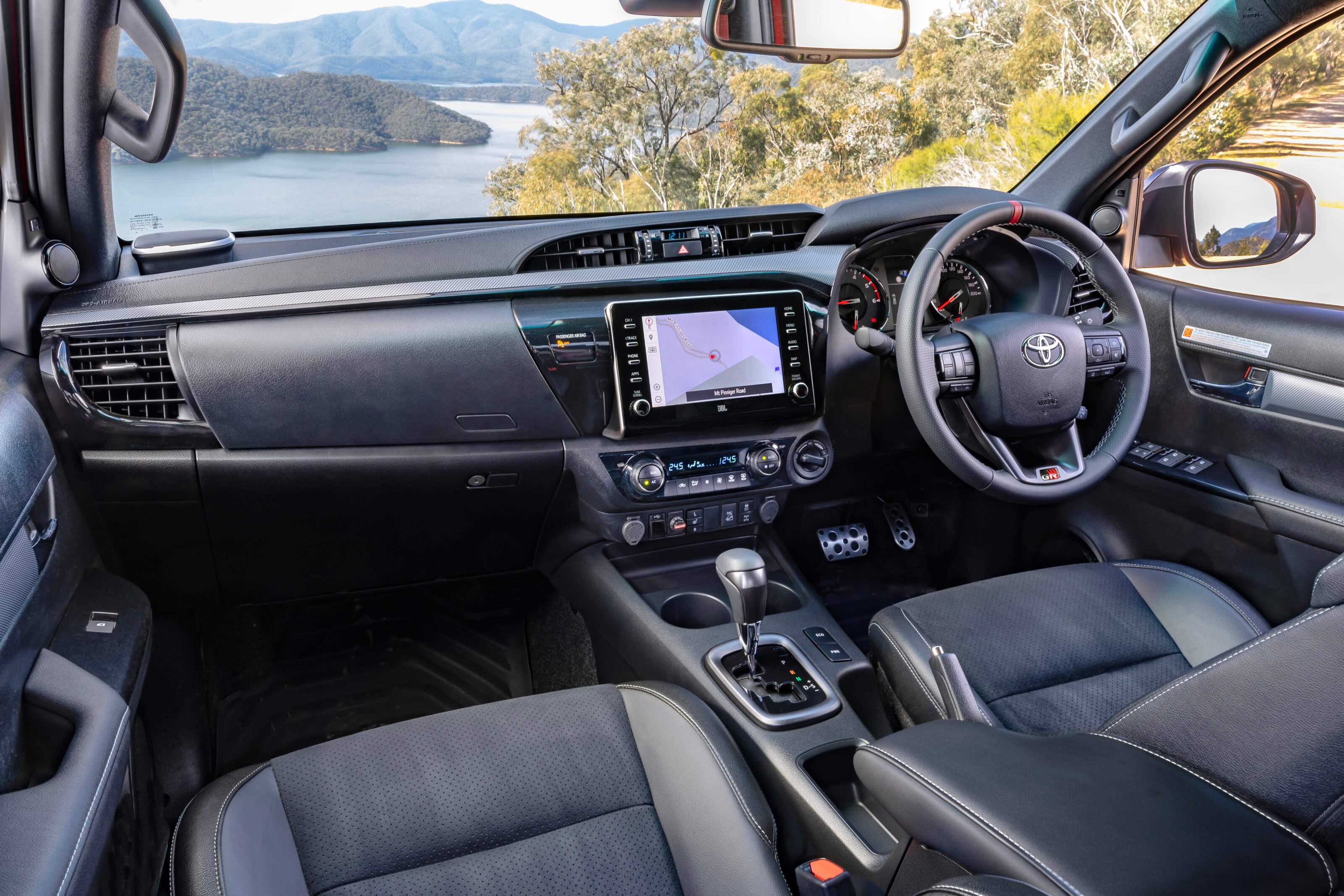
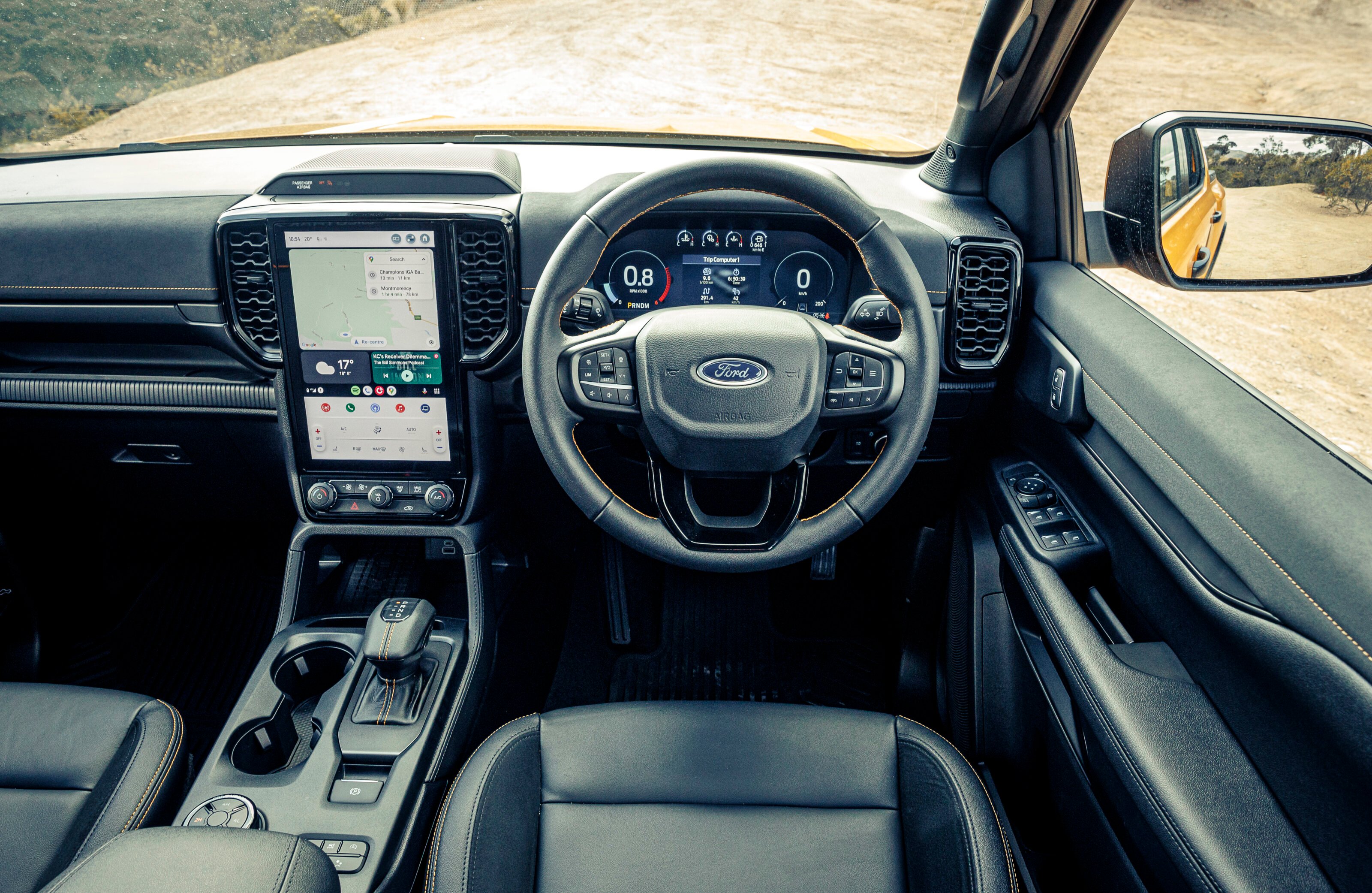
The standard engine in the Ranger Wildtrak is a 2.0-litre twin-turbo four-cylinder diesel producing 154kW at 3750rpm and 500Nm from 1750-2000rpm. Optionally available is a 3.0-litre V6 turbodiesel with 184kW at 3250rpm and 600Nm from 1750-2250rpm.
A 10-speed automatic is the only gearbox and claimed combined fuel consumption is 7.2L/100km for the four-cylinder and 8.4L/100km for the V6.
The Hilux and four-cylinder Ranger only offer rear-wheel drive and high- and low-range four-wheel drive, whereas the V6 Ranger also has full-time all-wheel drive.
Chassis and Towing
While both vehicles are capable of legally towing a maximum of 3500kg, it’s the Ranger that has the clear upper hand when hauling heavy. The table below shows that the Hilux’s lower Gross Vehicle Mass and, in particular, its lower Gross Combined Mass give it payload limitations.
Otherwise, the two are fairly similar in their chassis setups, beingladder frame utes with double-wishbone front suspension and leaf sprung, live axle rears, though unlike lesser variants the GR Sport matches the Ranger with four-wheel disc brakes.
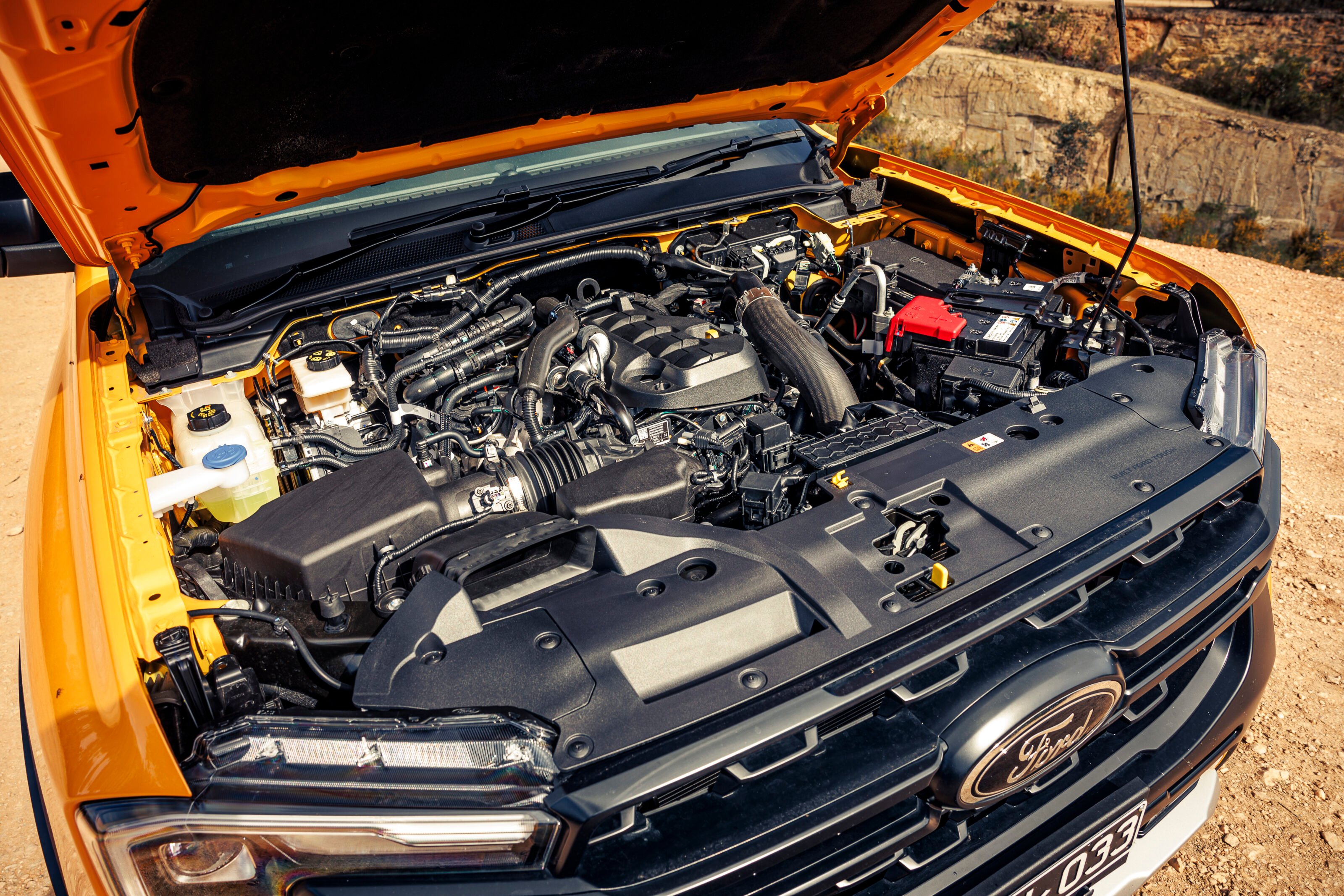
It is worth noting that the Ford has plenty of modern towing tricks up its sleeve the Toyota lacks, such as the ability to check the Ranger’s lights remotely, Towing Mode and Pro Trailer Back-Up Assist. Nothing that experienced towers will need, necessarily, but handy nonetheless.
| Ford Ranger Wildtrak | Toyota Hilux GR Sport | |
|---|---|---|
| Kerb Weight | 2343kg (2400kg) | 2270kg |
| Gross Vehicle Mass | 3280kg (3350kg) | 3050kg |
| Max Payload | 937kg (950kg) | 780kg |
| Max Towing | 3500kg | 3500kg |
| Gross Combined Mass | 6350kg (6400kg) | 5850kg |
| Payload at max towing | 507kg (500kg) | 80kg |
Off-road
Both these machines are towards the top of the dual-cab class when it comes to getting down and dirty. The Ranger’s case is helped by standard all terrain tyres on its 18-inch alloys, which when combined with multiple drive modes, excellent traction control and a locking rear diff means clearance will be the only obstacle to the Wildtrak getting to where you want it to go.
No such dramas with the Hilux GR Sport. At 265mm it has a whopping 49mm more ground clearance than an SR5 and even on highway-spec tyres it is ridiculously capable for a standard vehicle thanks to Toyota’s benchmark traction control system. Add a set of suitable rubber and it’s about as good as production 4x4s get.
| Ford Ranger Wildtrak | Toyota Hilux GR Sport | |
|---|---|---|
| Approach angle | 30 degrees | 30 degrees |
| Departure angle | 23 degrees | 23 degrees |
| Rampover angle | 21 degrees | N/A |
| Ground clearance | 234mm | 265mm |
| Wading depth | 800mm | N/A |
Safety
The Ford Ranger is one of the safest utes on the market, with a five-star ANCAP rating from 2022 with scores of 84 per cent for adult occupant protection, 93 per cent for child occupant protection, 74 per cent for vulnerable road user protection and 83 per cent for safety assist.
This is courtesy of nine airbags and a comprehensive suite of safety assists including autonomous emergency braking, lane-keep assist and departure warning, blind-spot monitoring, active cruise control with stop&go, traffic sign recognition and a 360-degree camera.
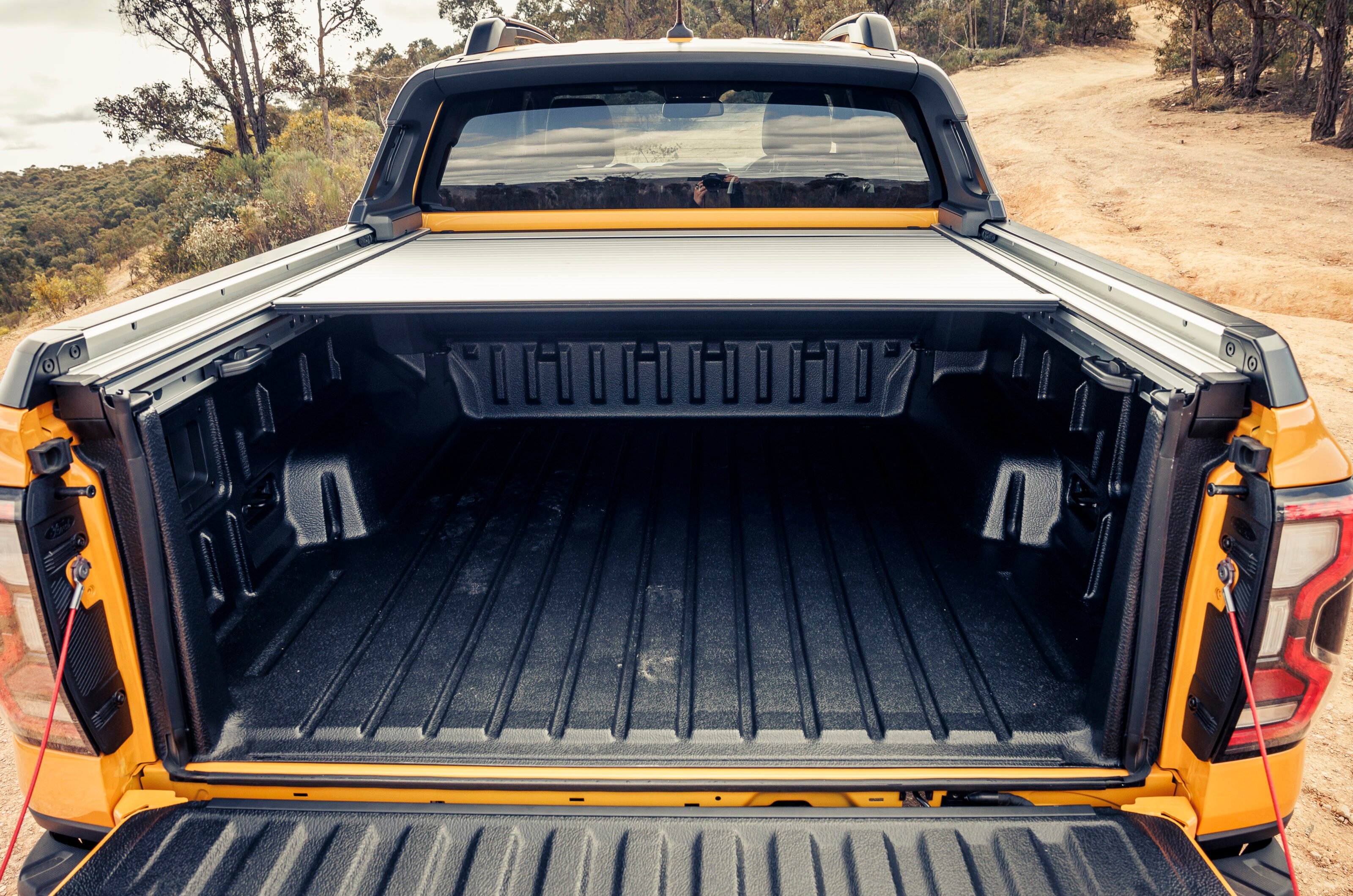
Despite being a much older vehicle, dating back to 2015, continual updates have kept the Toyota Hilux much more current than you might expect in terms of safety. Seven airbags are standard as well as Toyota’s Safety Sense active driver aids.
This includes lane departure alert, autonomous emergency braking with pedestrian and daytime cyclist detection, speed sign assist, active cruise control, blind spot monitoring, rear cross-traffic alert and trailer sway control.
A panoramic view monitor, reversing camera and rear sensors help handle parking duties.
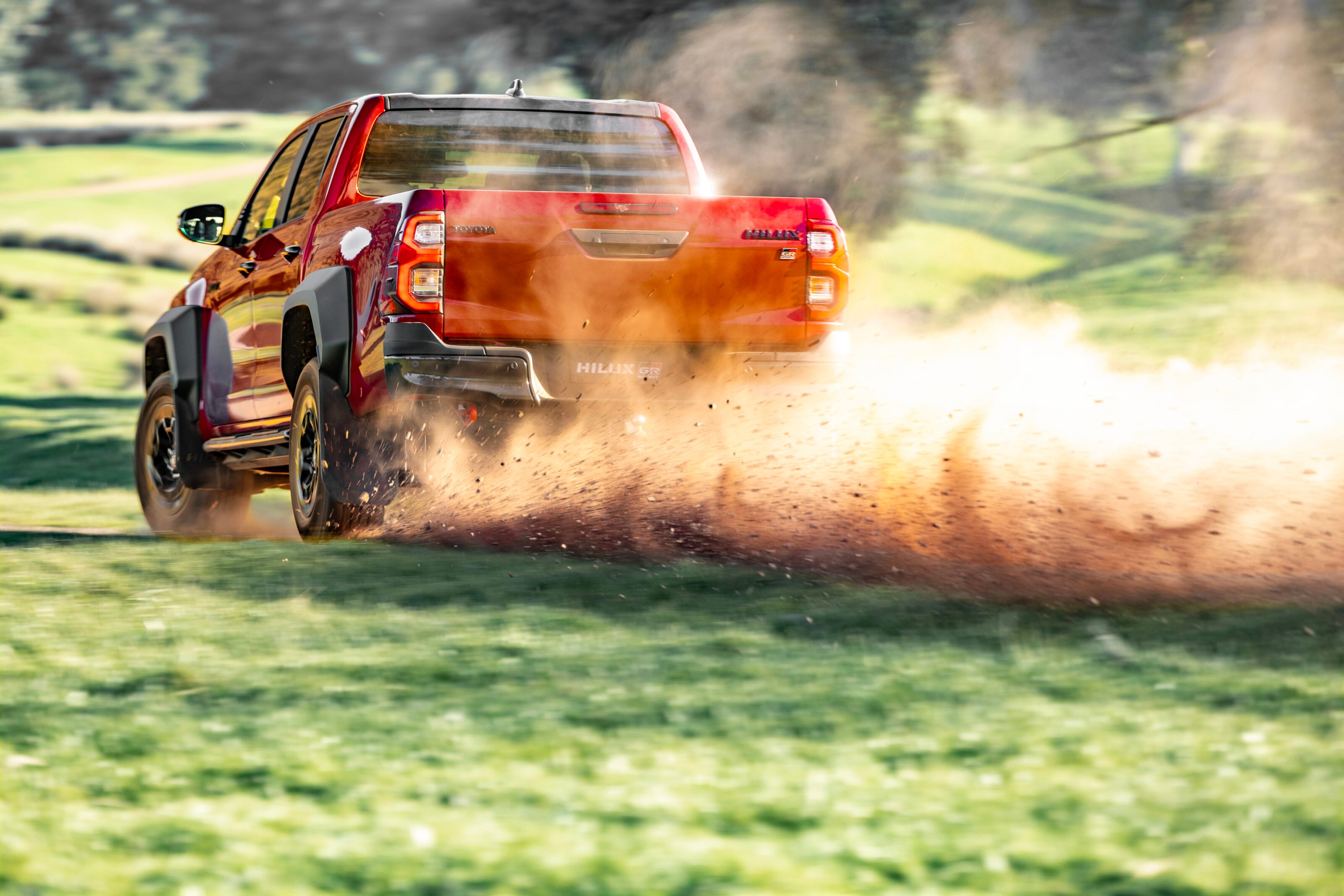
We recommend
-
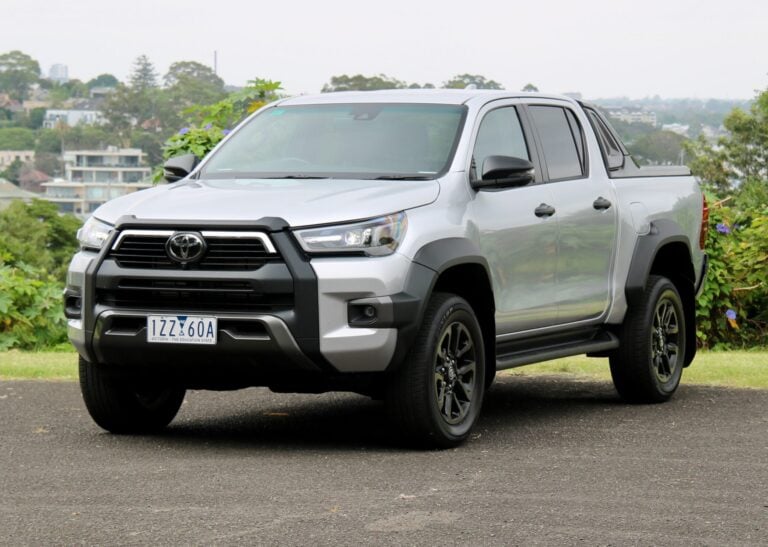 News
News2026 Toyota HiLux: All we know about what to expect
The long-awaited reveal of a new version of one of Australia's most popular vehicles is not far away now... here's what we know so far.
-
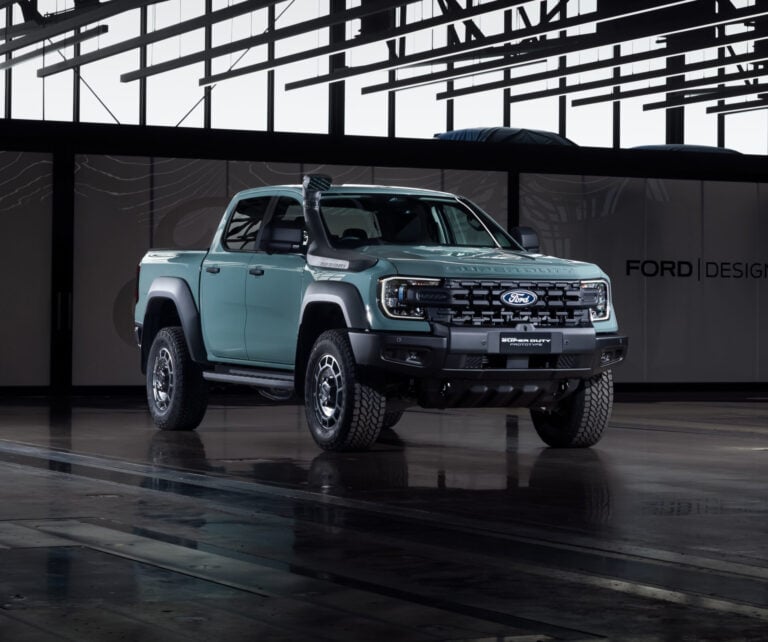 News
NewsFord Ranger Super Duty: What we know so far about the tough-as-teak work truck
Super Duty is the steroidal Ranger you never knew you wanted. Here's what we know...

